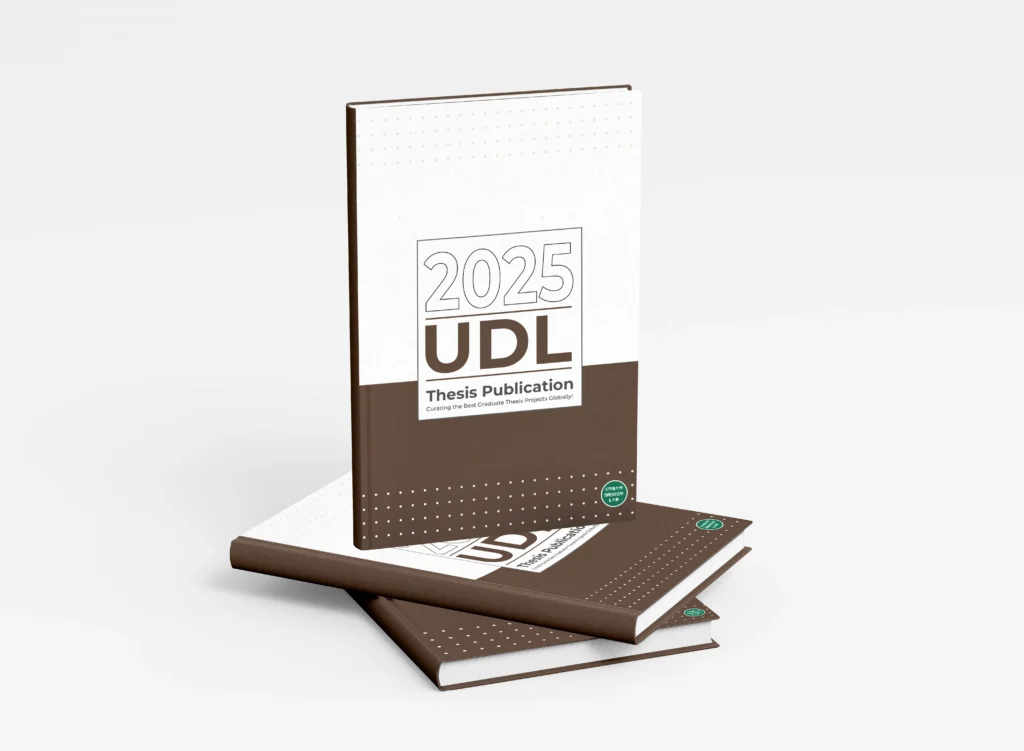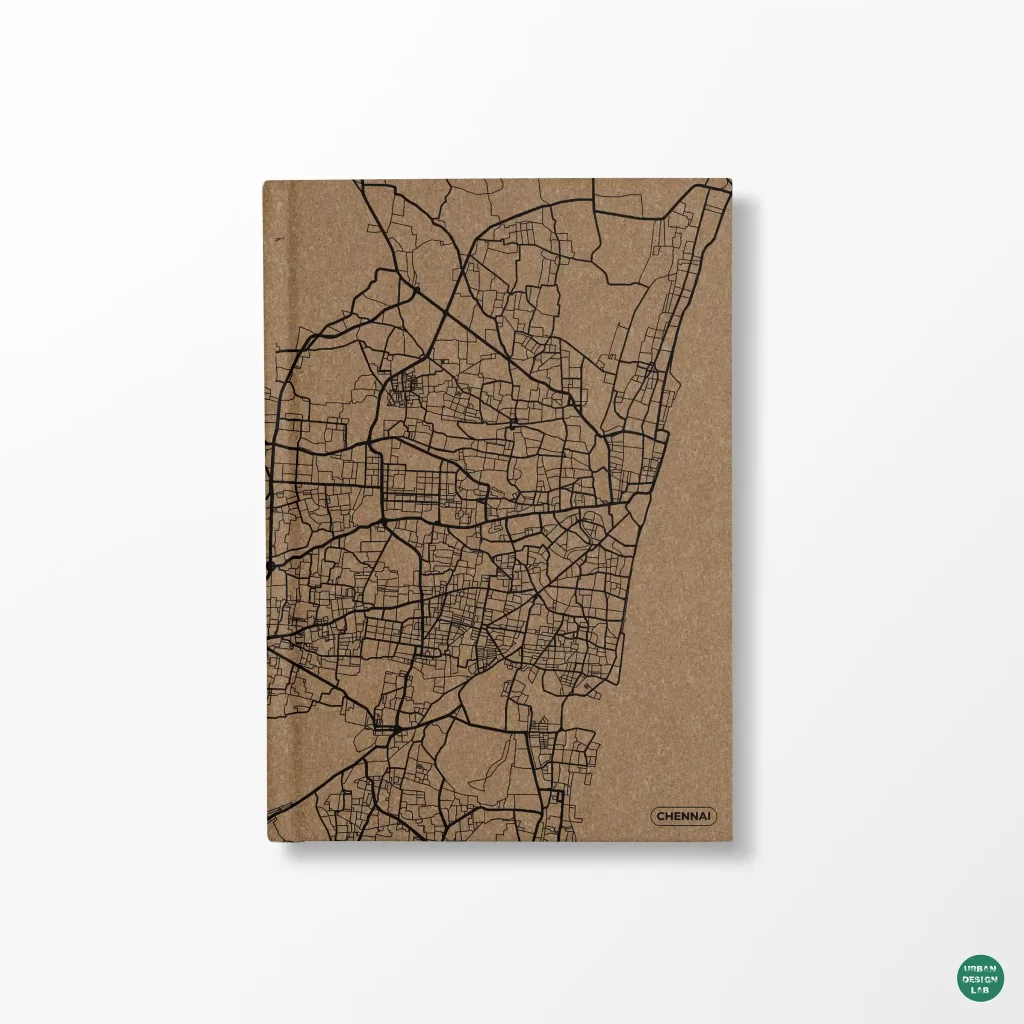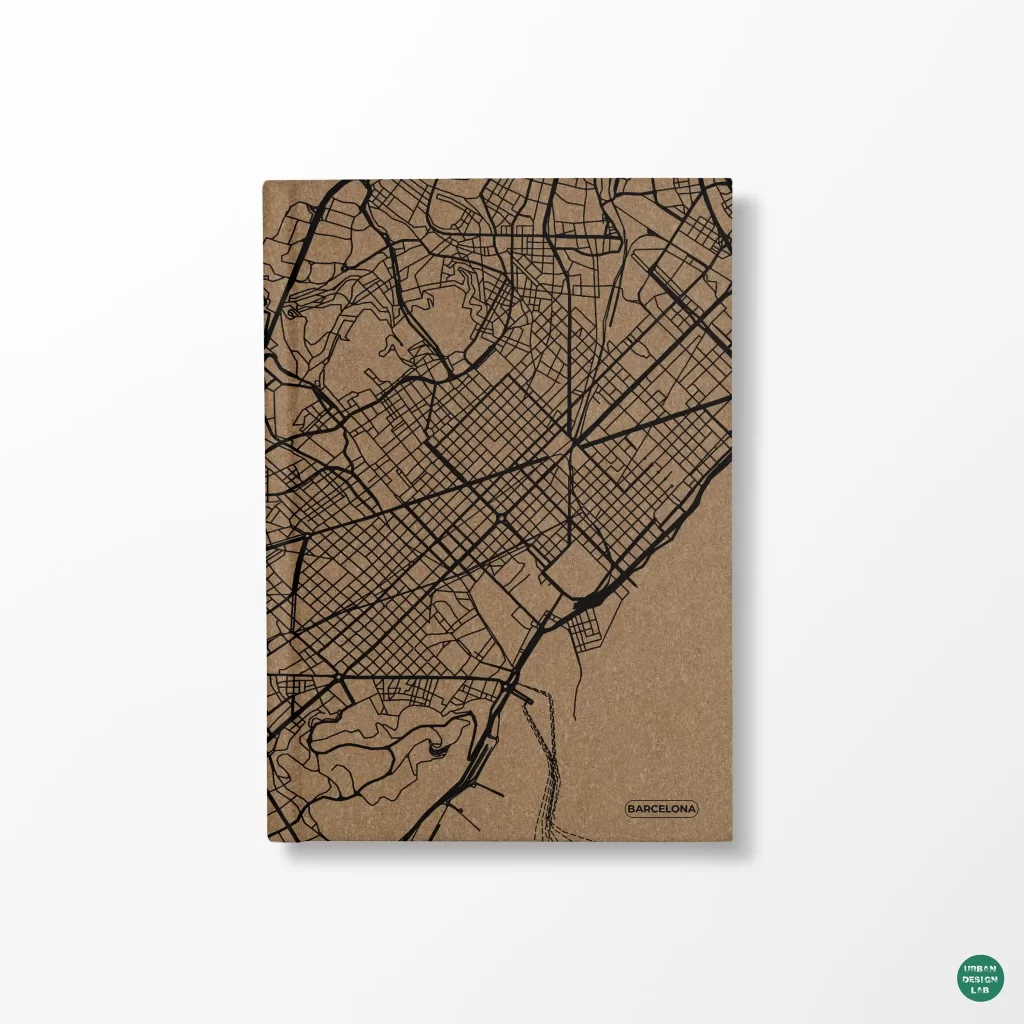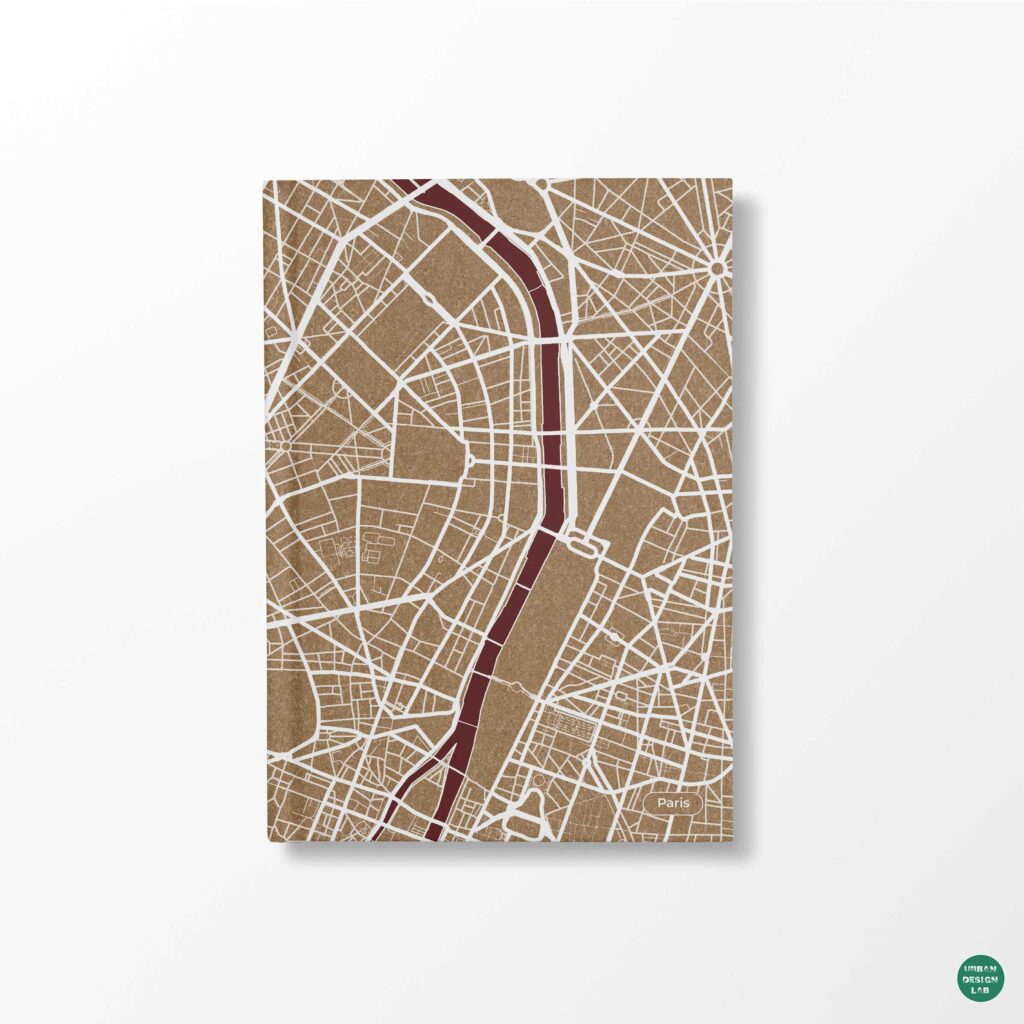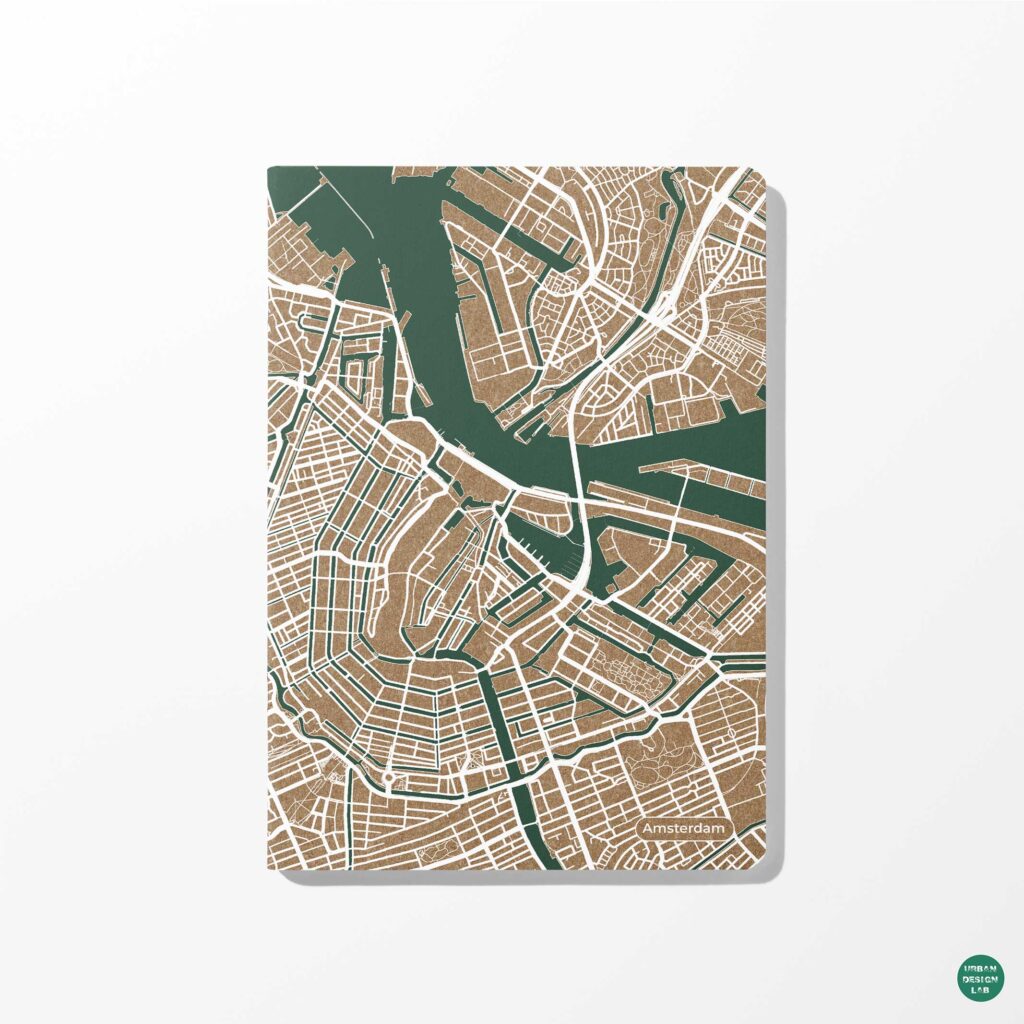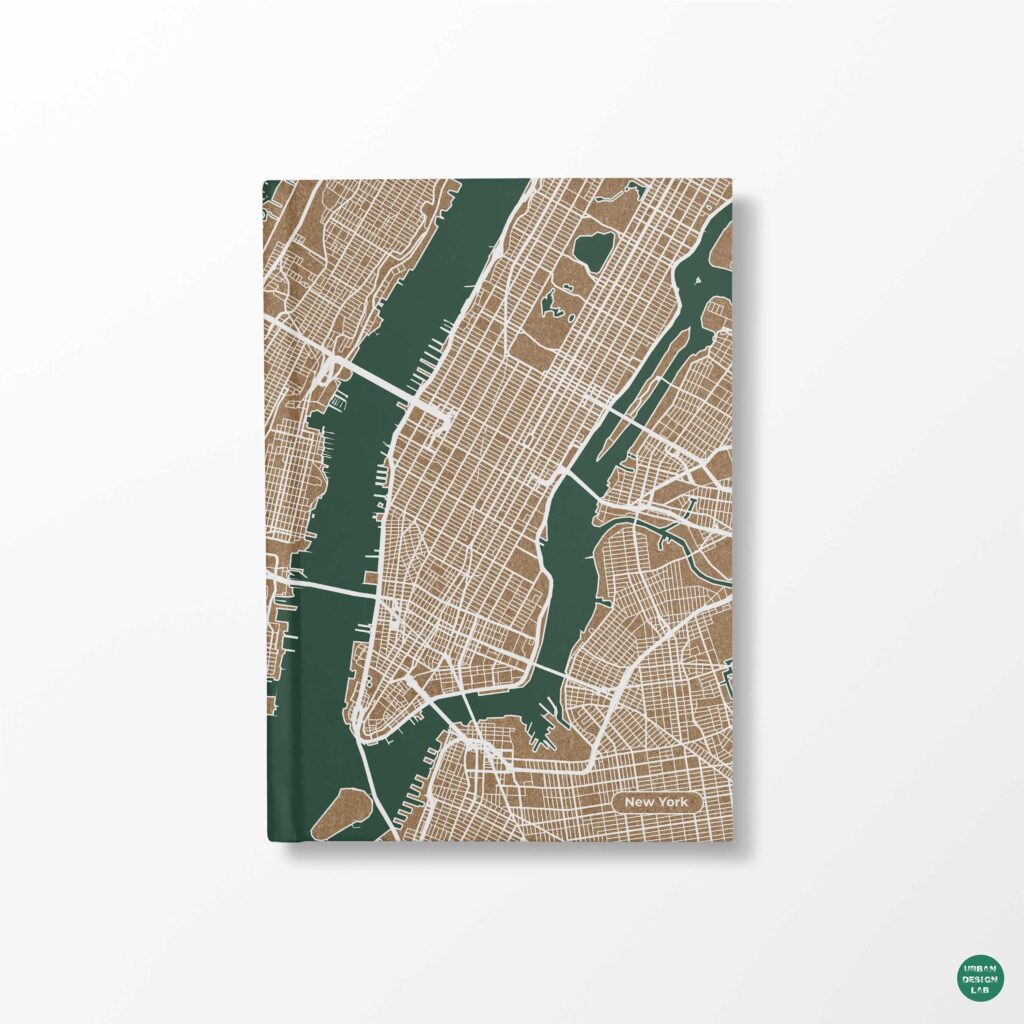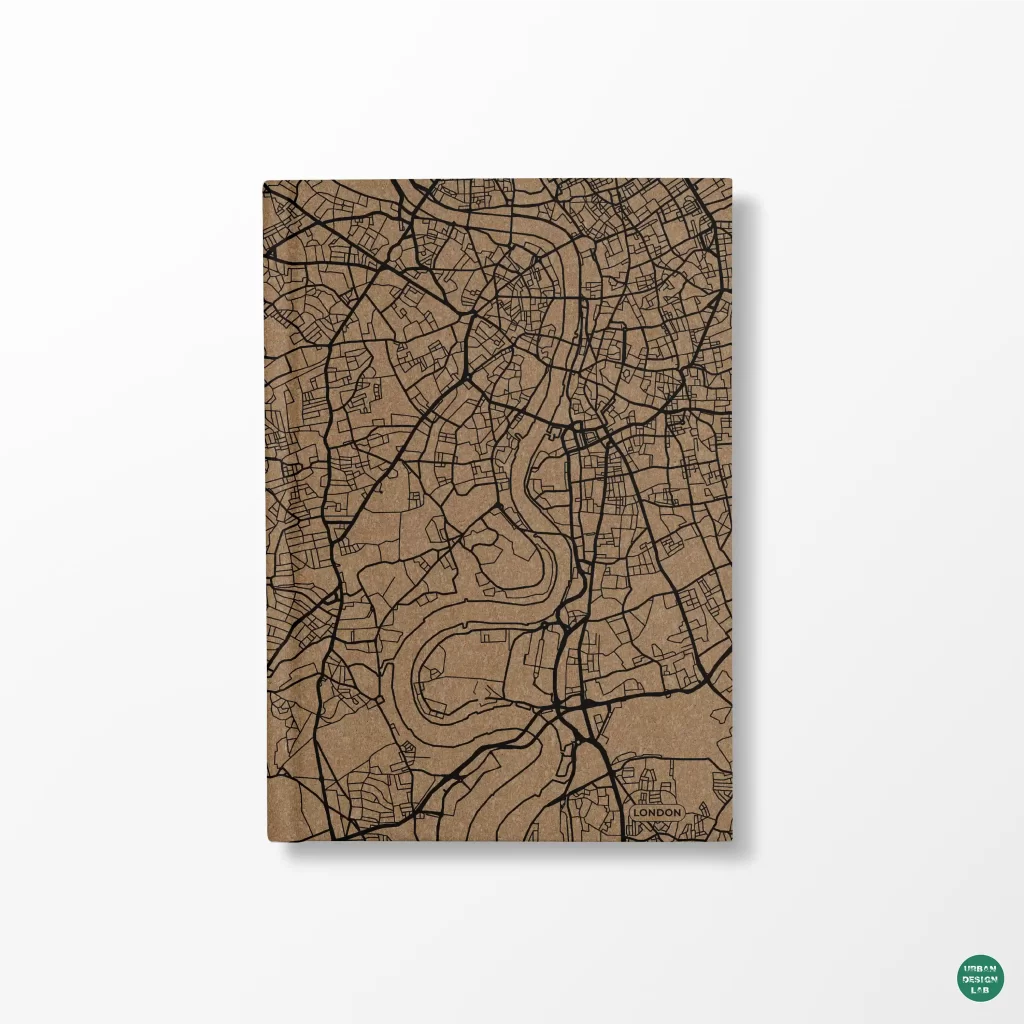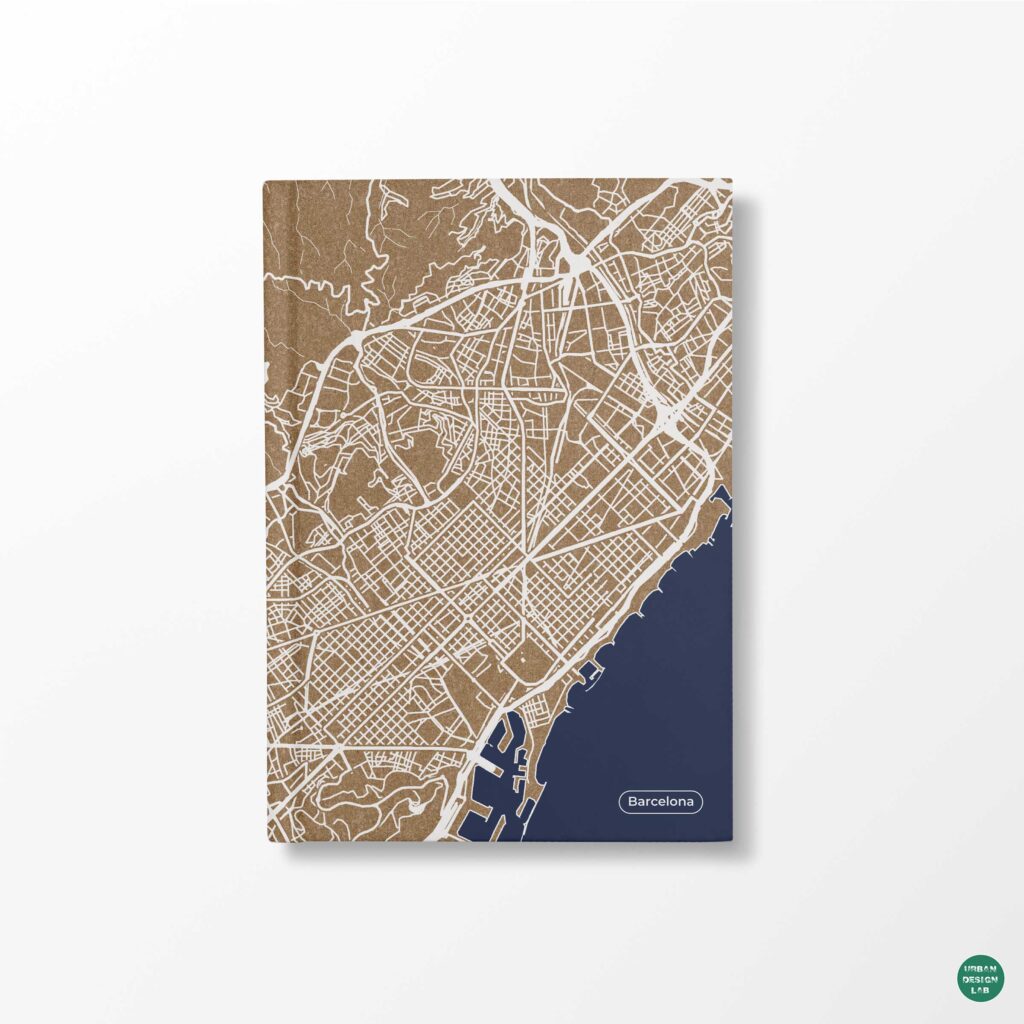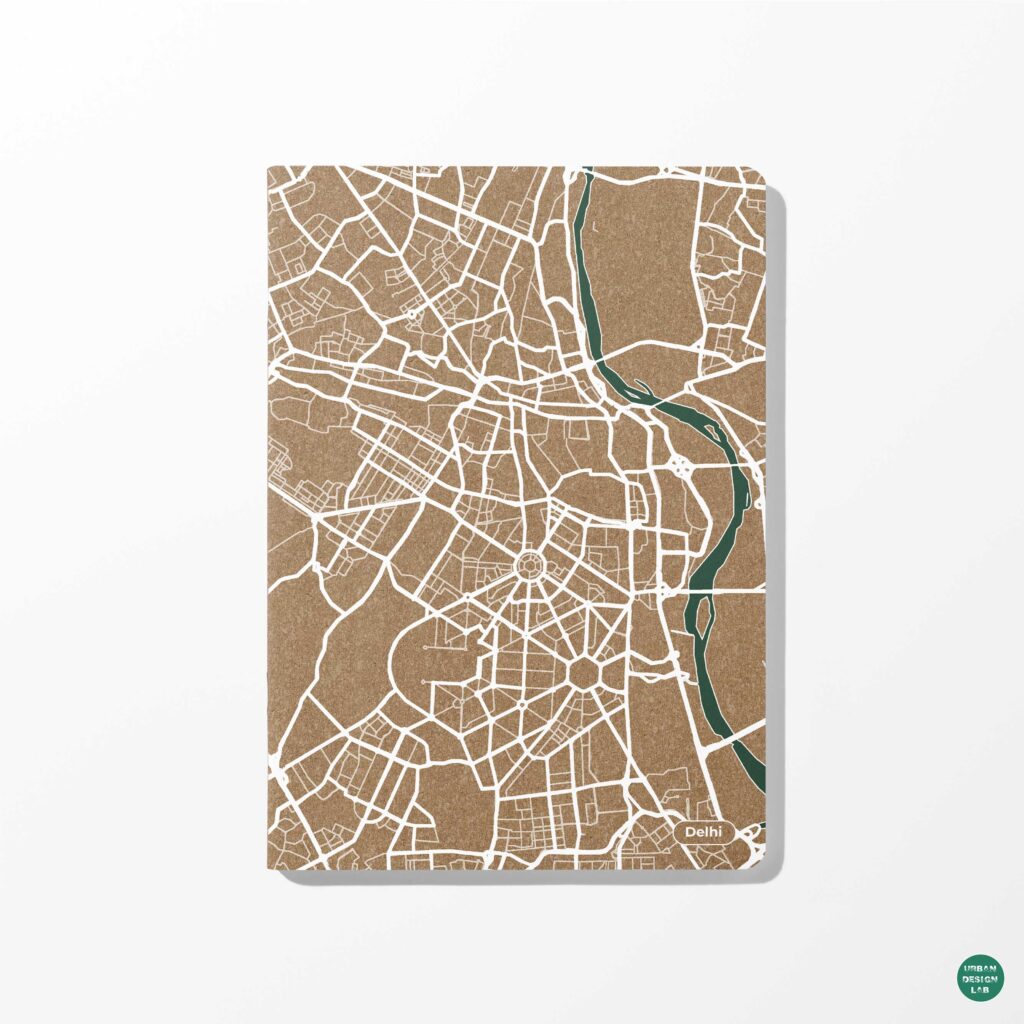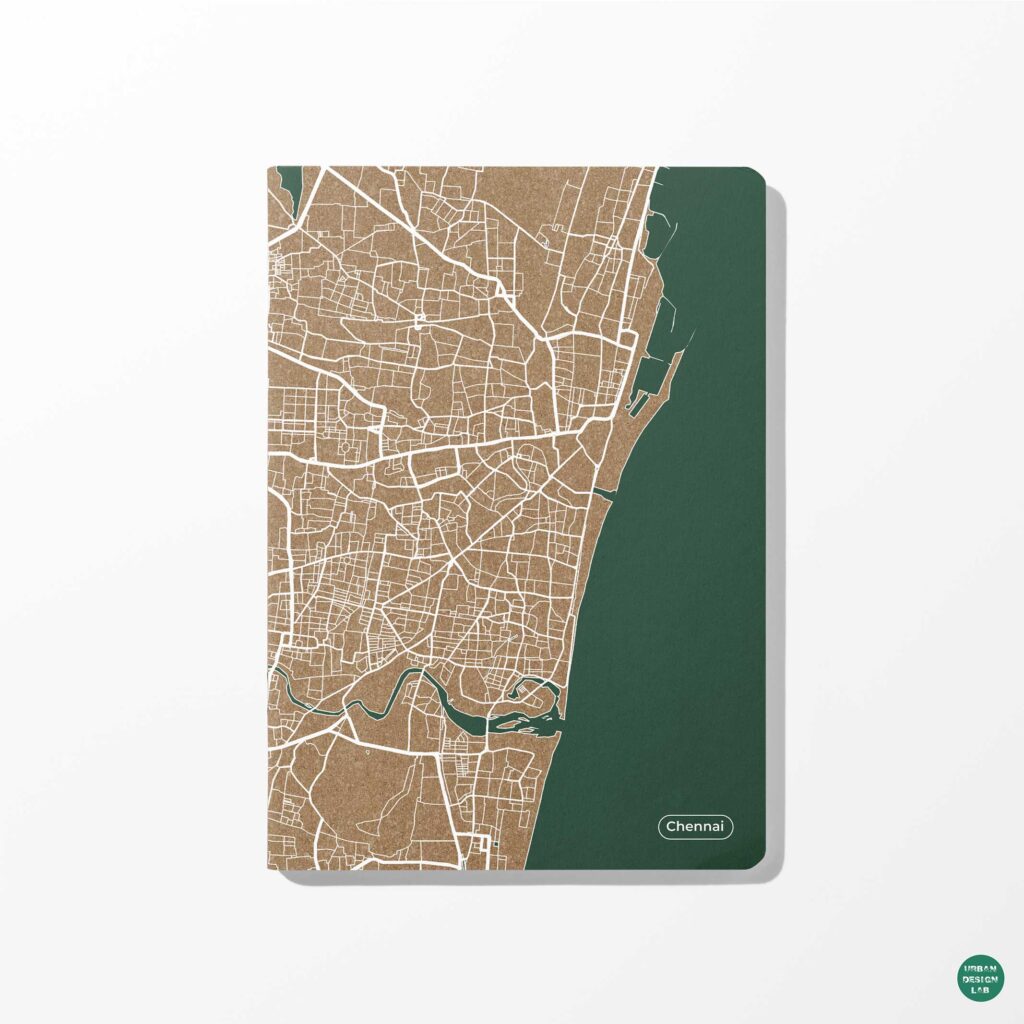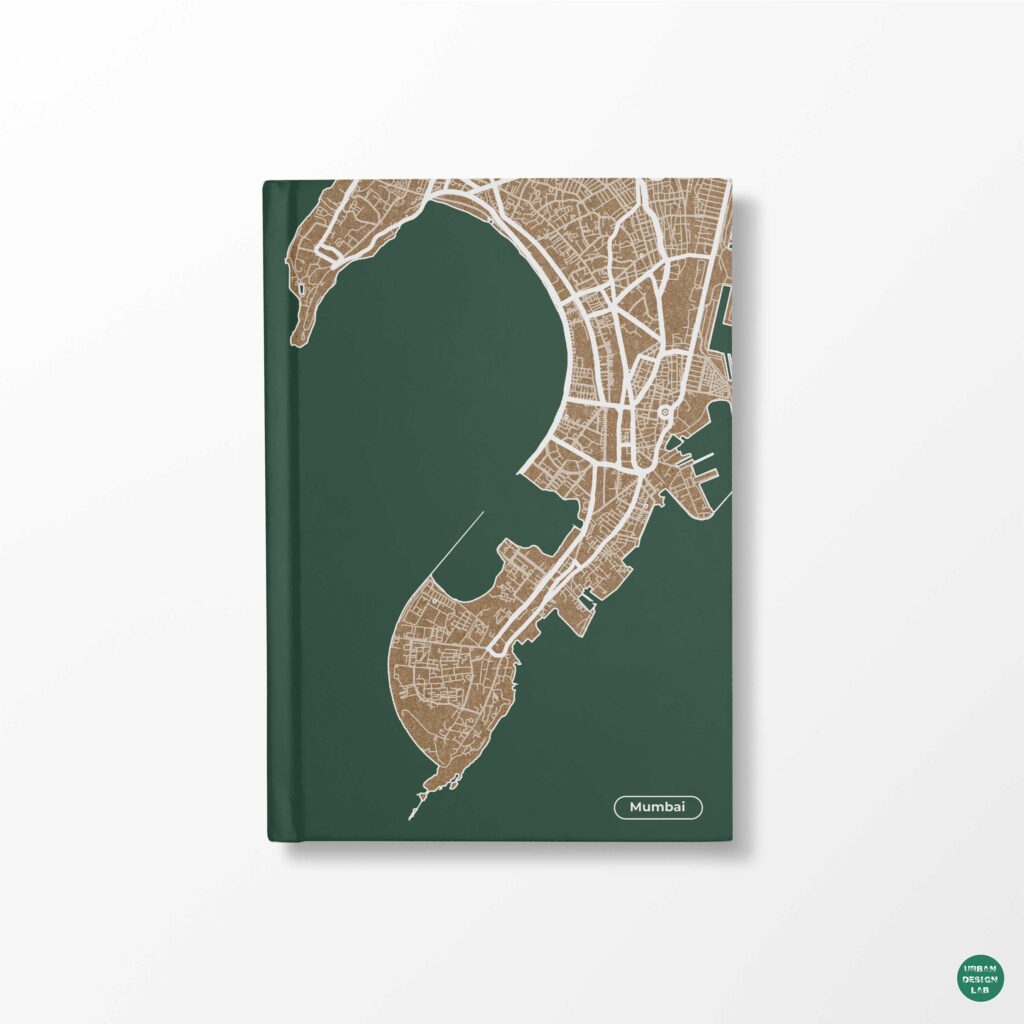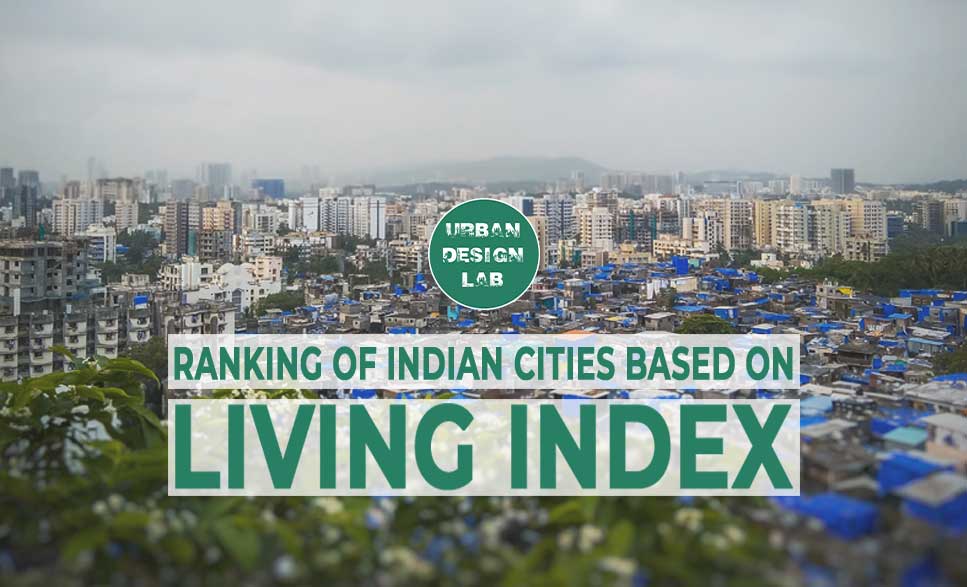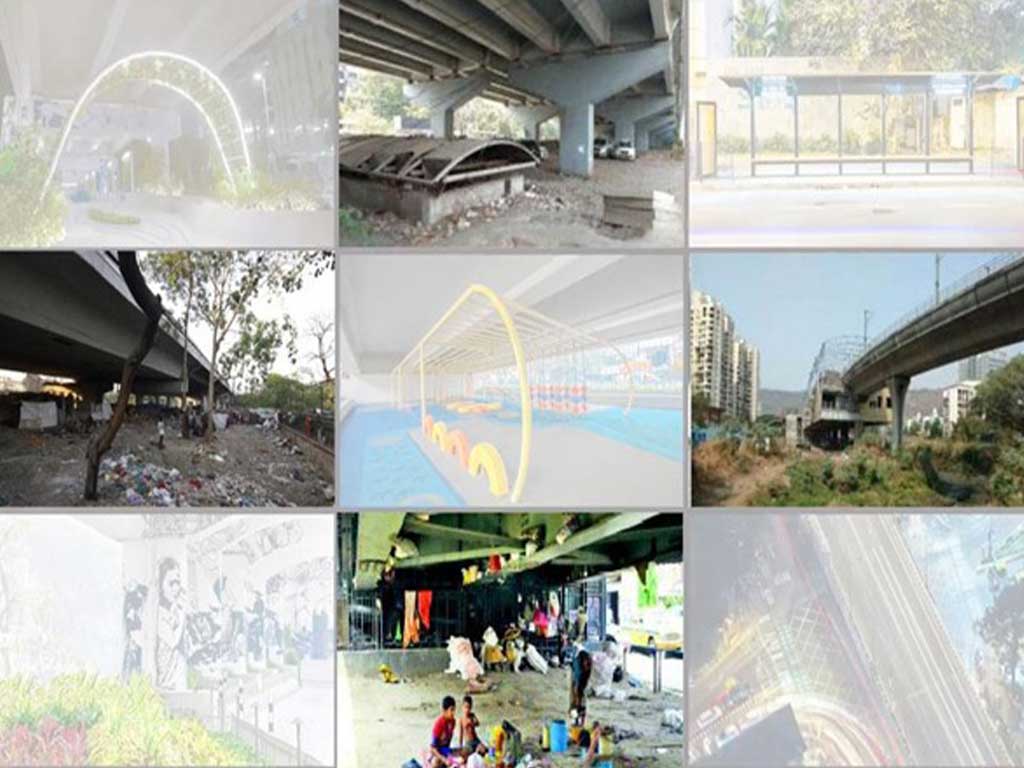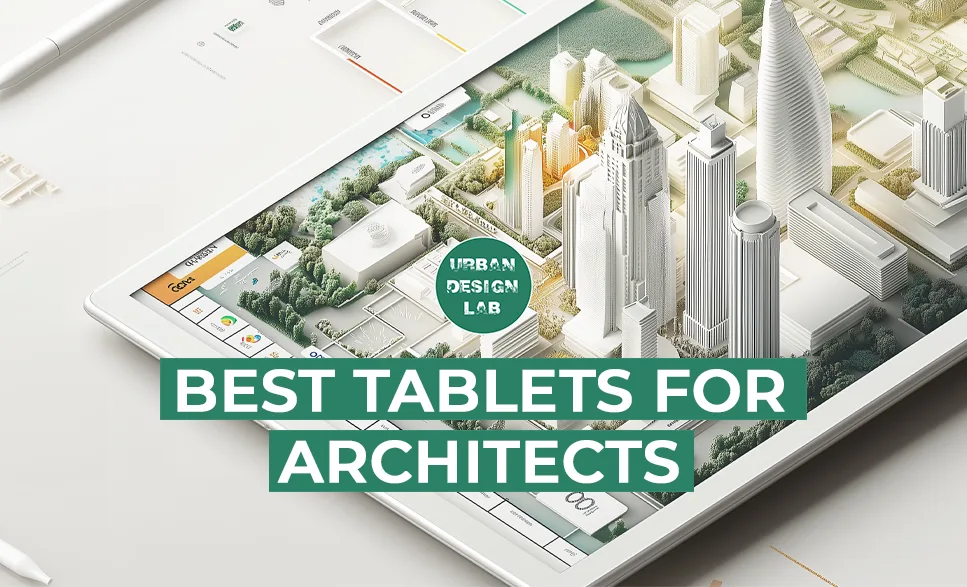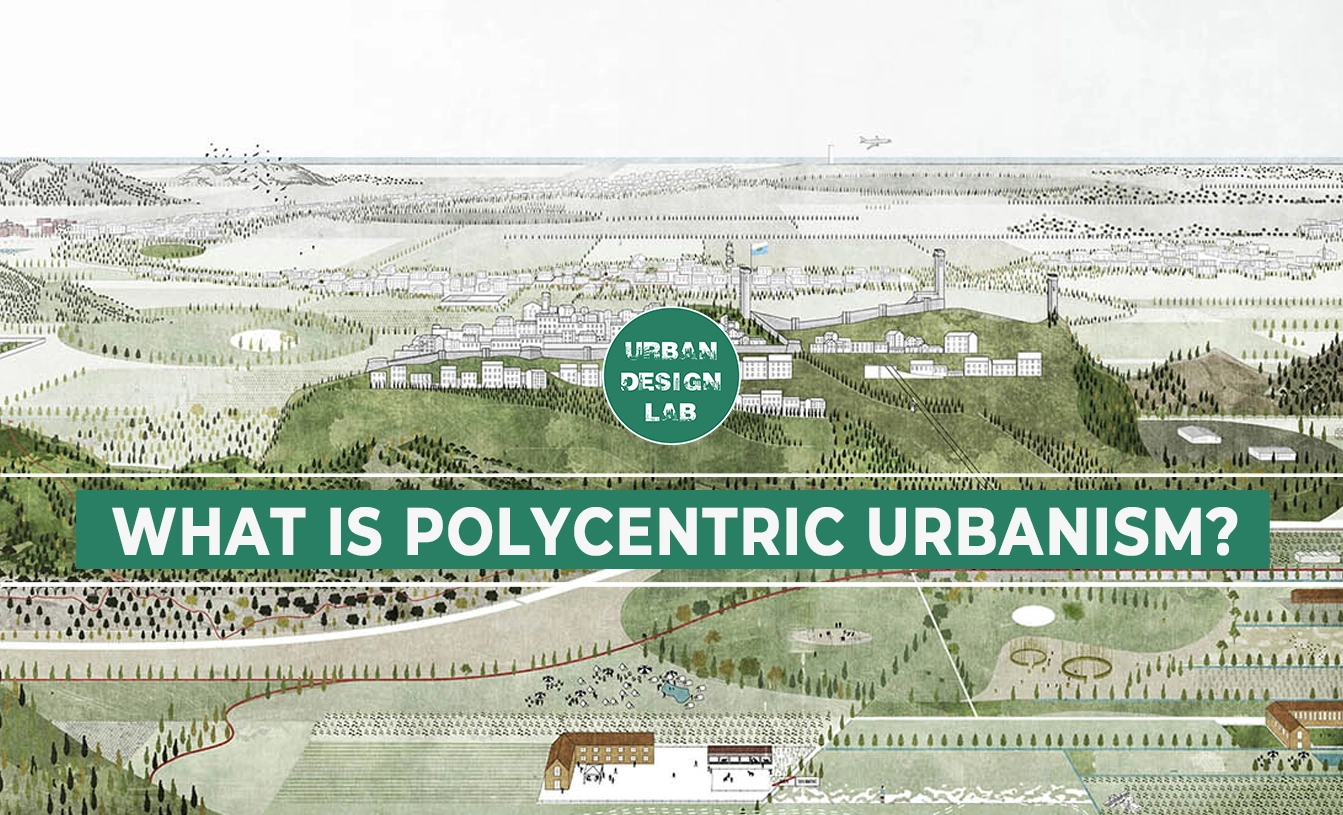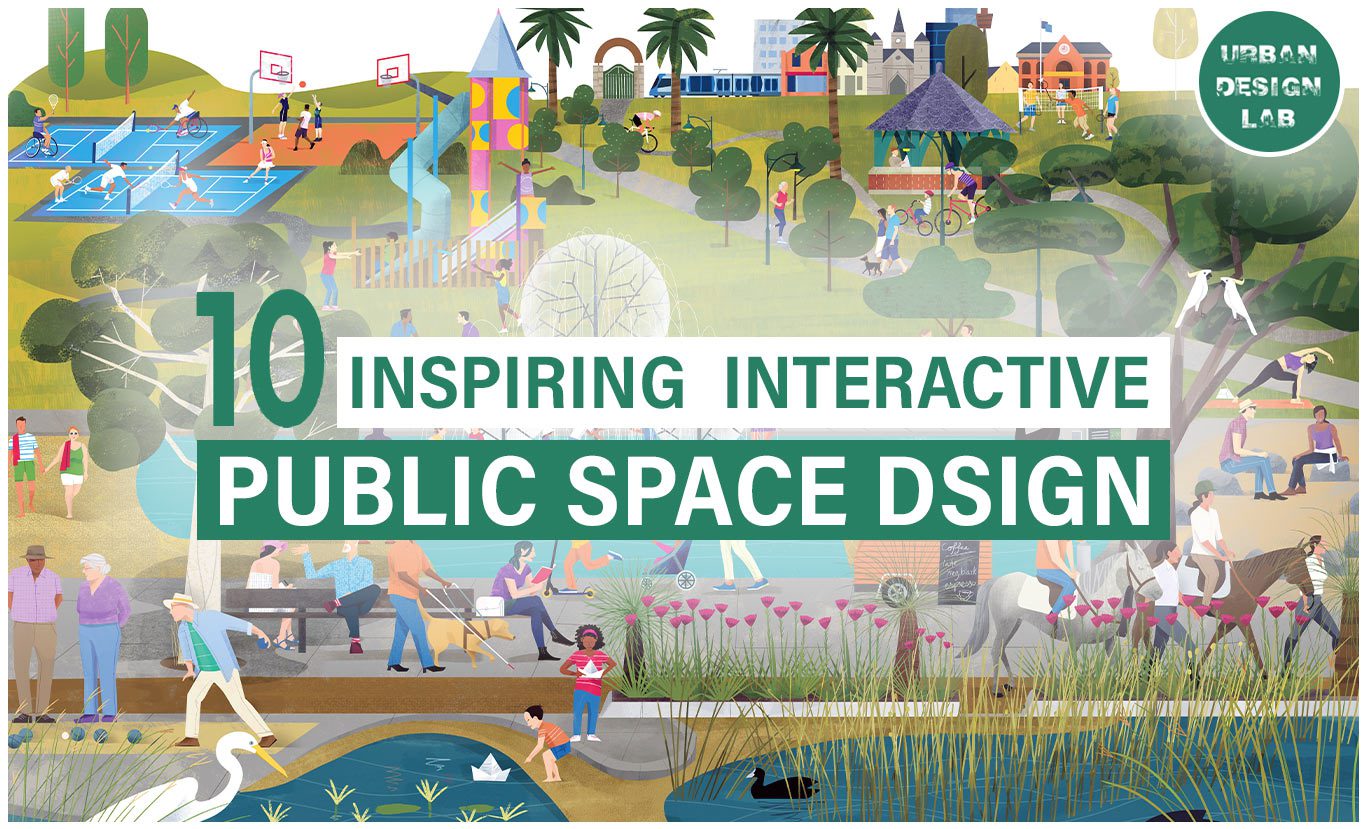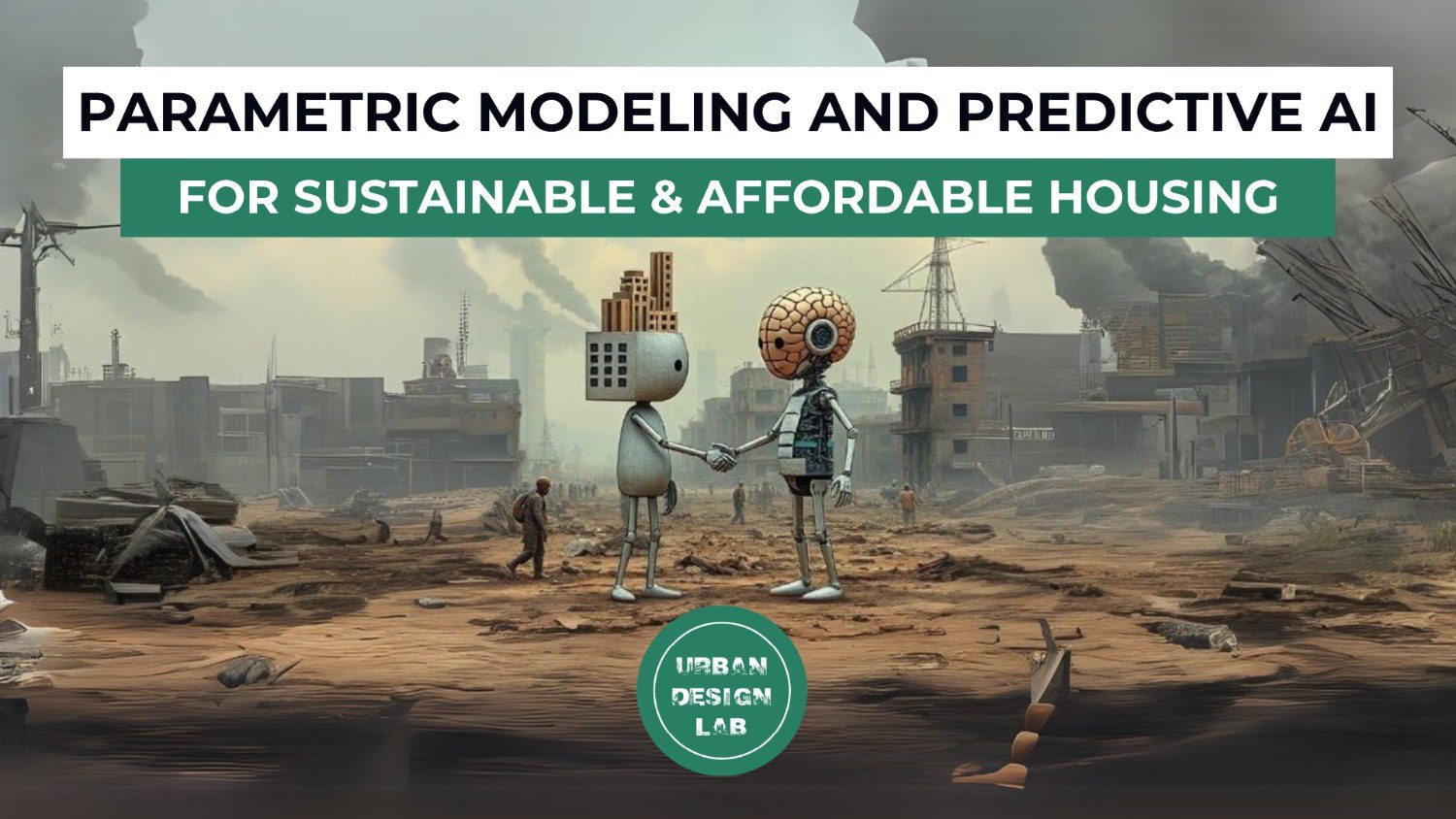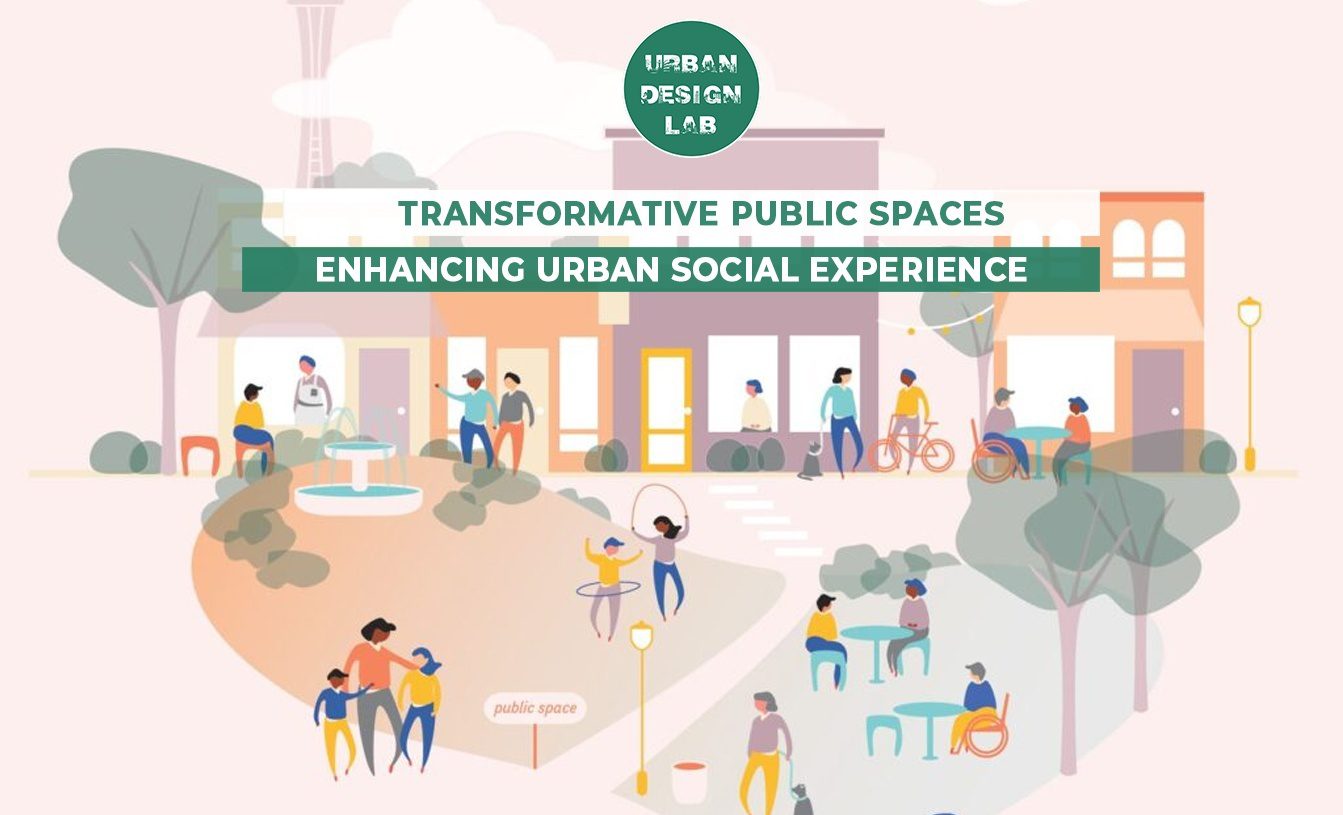Despite an exponential rise in urban population—projected to reach nearly 600 million by 2036—India continues to struggle with a chronic shortage of trained urban planners. Yet the problem extends far beyond inadequate supply. Planning as a profession remains structurally disempowered, financially unrewarding, and institutionally disconnected from real-world decision-making. This article critically examines the socio-political, educational, and institutional ecosystems around urban planning in India, identifying the gaps that prevent it from becoming a career of both choice and consequence. Drawing on quantitative data, global benchmarks, and policy analysis, we argue that India’s planning crisis is less about technical scarcity and more about governance design, professional legitimacy, and the political economy of city-making.
Rethinking Urban Planning Careers in India
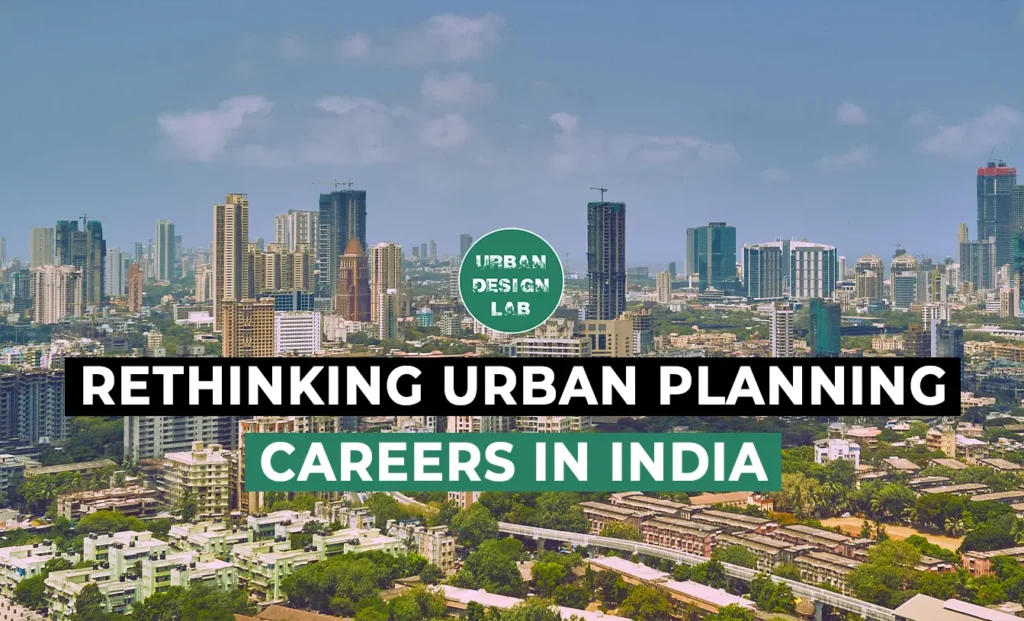
1. The Myth of a Supply-Side Shortage
India reportedly has less than 3,000 qualified urban planners, while the United States, with a quarter of India’s population, employs over 38,000 certified planners (APA, 2023). According to the NITI Aayog (2021), only 1 in 10 Indian towns has a professional planner on municipal staff. The government’s response has focused on scaling planning education—allocating Rs. 250 crore each to five centers of excellence. While this is welcome, it treats planning like a production line: produce more graduates and the cities will self-correct. But the real question isn’t just how many planners we train—it’s where they go, how they work, and whether they are empowered to effect change.
2. A Profession Without Power : The Disempowerment of the Planner
Urban planning is systemically marginalised in Indian governance. Unlike engineering or architecture, planning has no statutory authority under most State Town Planning Acts. Municipalities rarely embed planners in decision-making hierarchies. There is no equivalent of an Urban Planning Services Cadre, akin to the IAS or IRS, and many urban local bodies remain under generalist control. In fact, over 60% of masterplans in Indian cities are prepared by external consultants, not municipal staff, leading to weak integration and negligible ownership.
Moreover, the tenure of leadership in municipalities is short—often less than 2 years—disrupting continuity and long-term visioning. As a result, planners often act as technicians, not strategists, producing zoning plans and project reports with limited strategic input.

3. Fragmented Institutions, Fractured Outcomes
The urban institutional landscape is deeply fragmented. Over 15 ministries and 30 agencies operate in parallel with overlapping mandates, from MoHUA to Smart Cities SPVs, Development Authorities, and State Urban Departments. In this mess, planners are neither decision-makers nor gatekeepers. Their work is often dictated by project timelines and tender terms, not strategic urban needs.
The failure of many Smart City interventions to scale beyond ‘lighthouse’ areas is not technological—it is institutional. In cities like Pune and Indore, ‘smart’ wards function in stark contrast to poorly managed peripheral zones, exacerbating spatial inequality. The absence of planners in core teams ensures that design thinking, spatial equity, and user-centricity remain excluded from city development discourse.
Why Students Opt Out: Structural Disincentives and Cognitive Disconnect
Urban planning, despite its critical role in shaping cities, is often not seen as an aspirational career by students in architecture and allied disciplines. The reasons are not rooted in aesthetics or ambition—but in systemic disincentives and institutional invisibility:
- Salary Gap: Compensation in public sector planning roles remains comparatively modest, especially when contrasted with opportunities in architecture, engineering, or international design practices.
- Career Uncertainty: The profession lacks a statutory licensing body (like the Bar Council for law or the Medical Council for medicine), and offers no clear career progression within urban local bodies.
- Low Influence: Many planners report being relegated to clerical or report-preparation roles, with limited say in decision-making. Often, the plans they prepare are shelved or poorly implemented.
- Lack of Visibility: Urban discourse in India is dominated by bureaucrats, technocrats, and politicians. Planners rarely occupy public or media platforms, limiting their professional legitimacy and social value.
Together, these challenges create a feedback loop where promising talent opts for alternative career paths, leaving urban planning both under-resourced and under-innovated.

Global Models: Learning from Institutional Design
In contrast to India’s fragmented and consultant-driven approach, several high-performing countries have strategically embedded urban planning into the institutional DNA of their governance structures—offering valuable blueprints for reform.
The United Kingdom, through the Royal Town Planning Institute (RTPI), ensures that urban planning is a licensed and professionalized discipline. Planners must meet rigorous academic and practical criteria, and maintain relevance through Continuing Professional Development (CPD). RTPI-accredited professionals are legally mandated to be part of planning review boards and local development control committees. The UK’s Localism Act (2011) also empowers neighbourhood planning, integrating citizen agency into statutory frameworks—something still aspirational in Indian contexts.
In South Korea, urban planning is legislatively embedded at every municipal scale. The Framework Act on National Land mandates that all municipalities with populations above 100,000 maintain internal urban planning departments with integrated teams of architects, transport engineers, economists, and environmental scientists. These departments are not mere advisory bodies—they are decision-making authorities with statutory weight. South Korea’s Smart City Special Act (2016) further provides legal mandates for data-driven, citizen-centric urban transformation.
Singapore presents the most vertically integrated and technocratically empowered model. The Urban Redevelopment Authority (URA) is a centralised statutory body responsible for master planning, development control, land sales, and policy foresight, all under one institutional umbrella. The URA’s power stems not only from legislation but from its exclusive mandate over urban transformation—allowing planners to design, finance, and implement projects across both public and private sectors. Notably, URA integrates land economics, architectural conservation, and urban analytics within a single planning framework, ensuring long-range coherence.
Germany provides another exemplary case through its Federal Building Code (Baugesetzbuch), which institutionalises land-use plans (Flächennutzungsplan) and detailed development plans (Bebauungsplan) at the municipal level, drafted by in-house planners and subjected to mandatory citizen consultation phases. Federal co-financing through spatial equalization ensures that even small towns have access to professional planning resources.
By contrast, India remains locked in a project-based outsourcing model, where spatial planning is often prepared by external consultants with limited stakeholder engagement or post-plan accountability. Over 80% of Indian cities lack a dedicated planning department, and where such departments exist, they are typically underfunded and subordinated to engineering or administrative hierarchies. Planning becomes episodic, reactive, and delinked from long-term urban governance.
These international examples highlight a key insight: urban planning functions most effectively when institutionalised as a core, multidisciplinary, and empowered function of the state—not when treated as a subcontracted service.
6. What Needs to Change: Beyond Academic Reform
Educational reform alone cannot fix a systemic disincentive. A transformative pathway for planning careers in India must involve:
- Institutional Reform: Create an Indian Urban Planning and Design Services (IUPDS) within the UPSC framework.
- Statutory Recognition: Amend Town Planning Acts to recognize ‘planner’ as a licensed profession with roles in plan approval.
- Procurement Overhaul: Allow smaller, research-driven firms to compete for public projects. Current criteria (Rs. 10 Cr turnover, 5 years of similar experience) exclude most of India’s best academic labs and think tanks.
- Urban Fellowship Models: Replicate initiatives like the CMU–Pittsburgh Urban Labs where graduates work embedded in city teams for 2–3 years.
- Public-Private Planning Boards: Institutionalize design review boards with planners, citizens, and designers.
7. Planning for Whom? The Ethics of Participation and Equity
Most planning exercises in India exclude public consultation or reduce it to legal compliance. This has created a deep trust deficit between citizens and planners. Urban planning must reframe itself as a participatory, rights-based discipline, not a technocratic imposition.
Examples like the Participatory Budgeting initiative in Pune or the Janaagraha Ward Planning Models show how deeply planners can engage with people. Yet such models remain peripheral. Less than 5% of Indian cities have operational mechanisms for citizen-driven planning.
Educational reform alone cannot fix a systemic disincentive. A transformative pathway for planning careers in India must involve:
- Institutional Reform: Create an Indian Urban Planning and Design Services (IUPDS) within the UPSC framework.
- Statutory Recognition: Amend Town Planning Acts to recognize ‘planner’ as a licensed profession with roles in plan approval.
- Procurement Overhaul: Allow smaller, research-driven firms to compete for public projects. Current criteria (Rs. 10 Cr turnover, 5 years of similar experience) exclude most of India’s best academic labs and think tanks.
- Urban Fellowship Models: Replicate initiatives like the CMU–Pittsburgh Urban Labs where graduates work embedded in city teams for 2–3 years.
- Public-Private Planning Boards: Institutionalize design review boards with planners, citizens, and designers.
:max_bytes(150000):strip_icc()/GettyImages-962826702-f686d9d75f0649f489a65ffedfa1a955.jpg)
Conclusion: A Career of Power, Not Just Planning
Urban planning must be repositioned in India not as a backup career for architects or a bureaucratic report-writing job—but as a strategic profession that shapes how 1.4 billion people will live, move, and thrive.
This demands not just educational alignment but policy legitimacy, institutional restructuring, and cultural revalorization. As India transitions into a predominantly urban nation, the question is not whether planning is a viable career—but whether India can survive without making it one.

Urban Design Lab
About the Author
This is the admin account of Urban Design Lab. This account publishes articles written by team members, contributions from guest writers, and other occasional submissions. Please feel free to contact us if you have any questions or comments.
Related articles

Remembering Frank O. Gehry: The Architect Who Redrew Skylines

Architecture Professional Degree Delisting: Explained
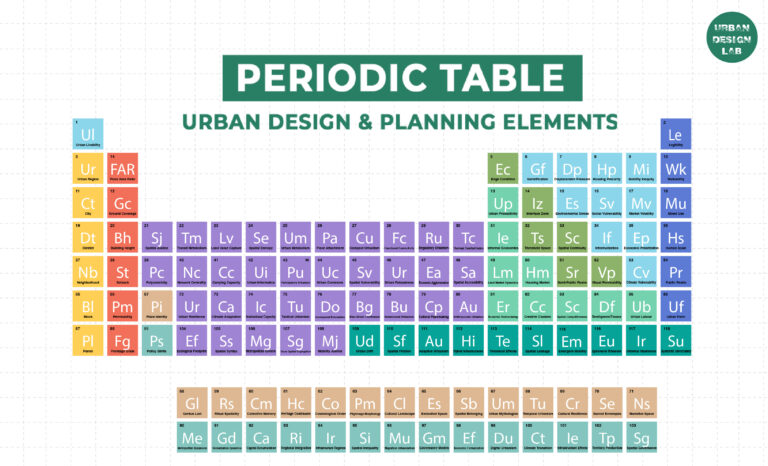
Periodic Table for Urban Design and Planning Elements
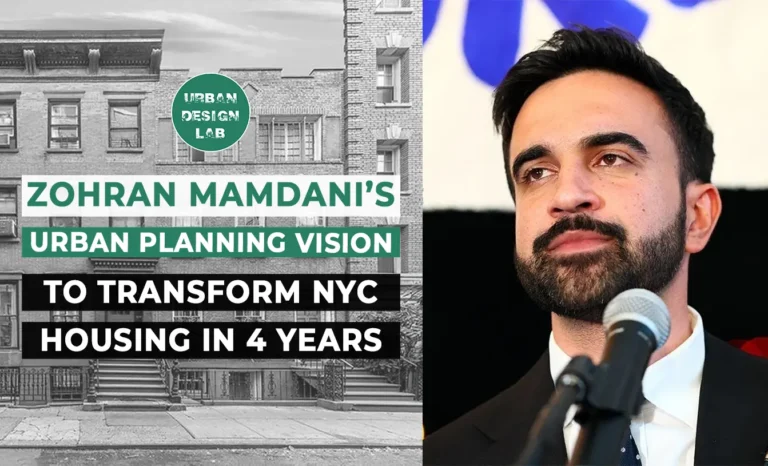
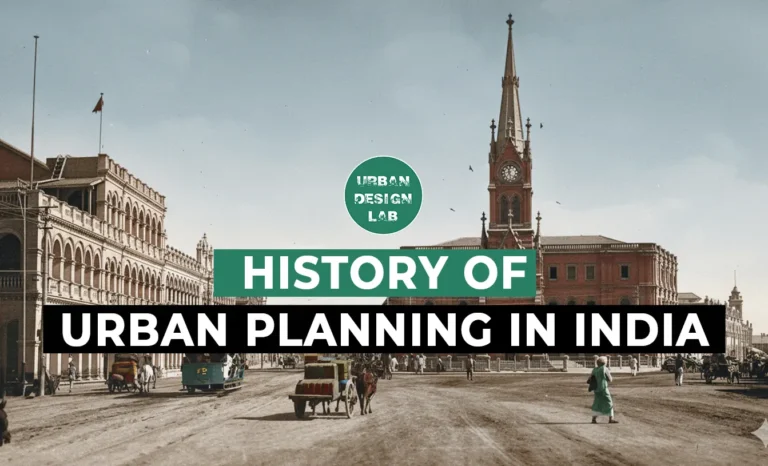
History of Urban Planning in India

Best Landscape Architecture Firms in Canada
UDL Illustrator
Masterclass
Visualising Urban and Architecture Diagrams
Session Dates
17th-18th January 2026

Urban Design Lab
Be the part of our Network
Stay updated on workshops, design tools, and calls for collaboration
Curating the best graduate thesis project globally!

Free E-Book
From thesis to Portfolio
A Guide to Convert Academic Work into a Professional Portfolio”
Recent Posts
- Article Posted:
- Article Posted:
- Article Posted:
- Article Posted:
- Article Posted:
- Article Posted:
- Article Posted:
- Article Posted:
- Article Posted:
- Article Posted:
- Article Posted:
- Article Posted:
- Article Posted:
Sign up for our Newsletter
“Let’s explore the new avenues of Urban environment together “



